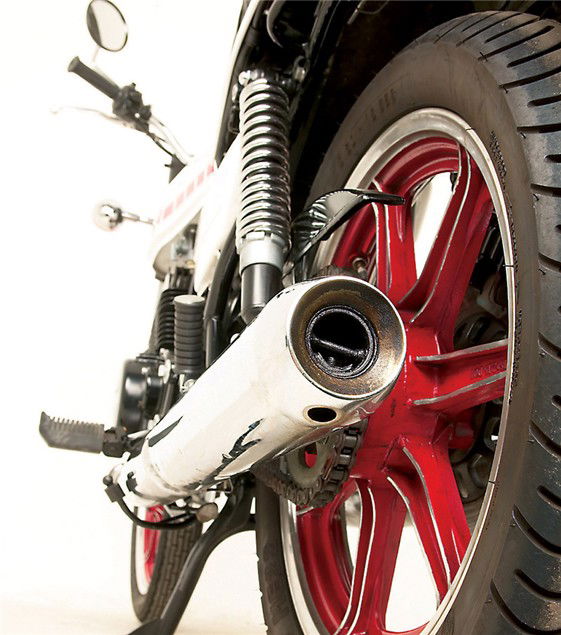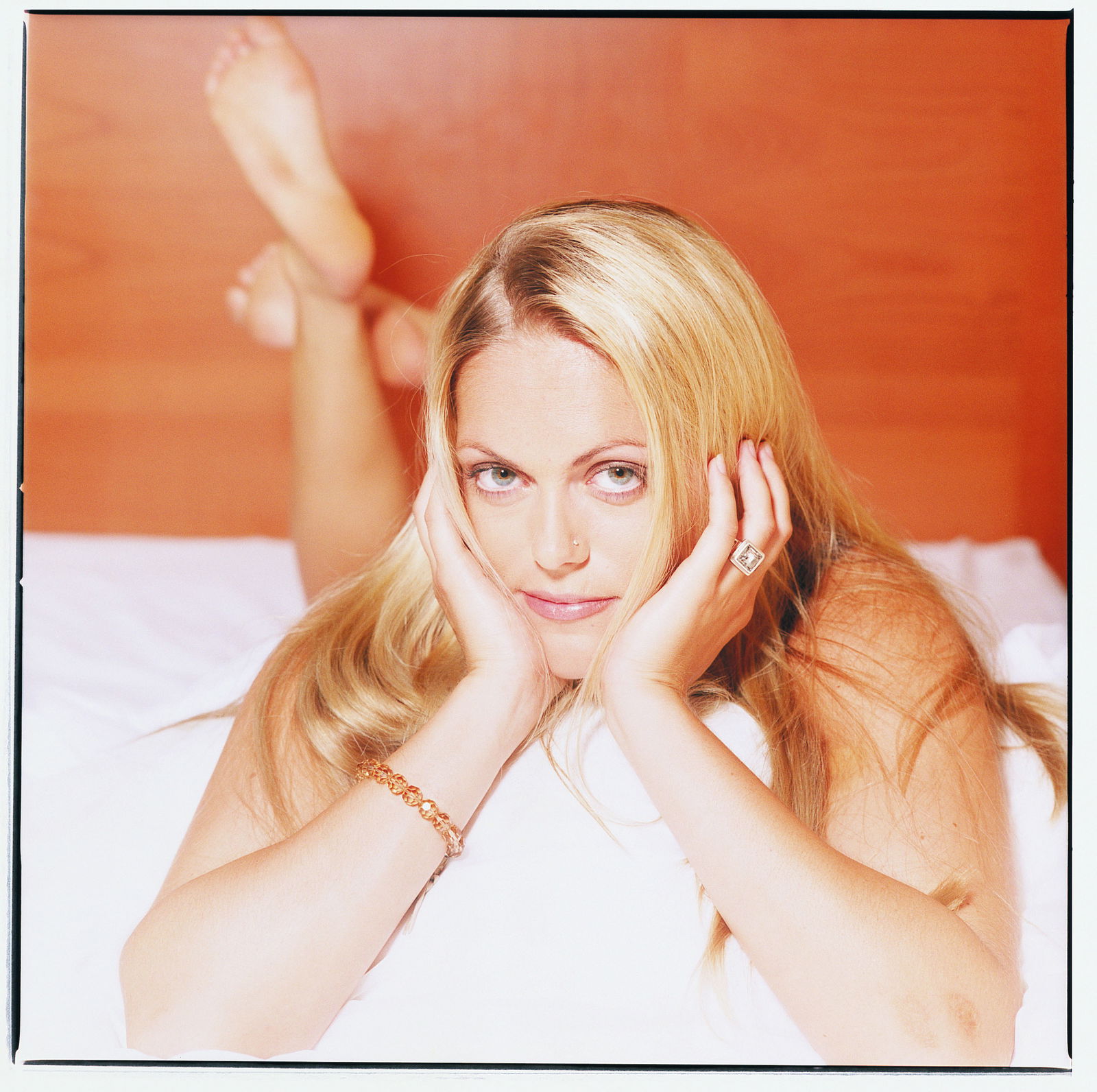Bike Icon: Yamaha RD400
Post RD350 and pre RD350LC there was the RD400. Cool doesn't even come close


Every now and then popular music aptly reflects a cultural phenomenon, and the soundtrack of early punk music could hardly have suited the launch of Yamaha's RD400 any better than it did.
The year was 1976 and the kids were bored shitless with slushy Abba songs and preparations for the Queen's Silver Jubilee. Enter the gutsy, raw, spit-in-yer-face RD400 - the perfect antidote to such banality.
The two-stroke parallel twin was a real punk and, contrary to popular belief, a whole lot more than a modified RD350. With 40bhp and a top speed of 106mph, the RD was launched to capitalise on the success of the RD350 but was a totally new machine. Rather than being over-bored, the 400 had its stroke increased needing new crankcases which required the factory to re-tool in order to produce it.
The new machine also featured a rubber-mounted engine to reduce vibration as well as new wheels and brakes. The engine was also moved forward in a bid to reduce the bike's tendency to wheelie but, happily, that plan failed.
Weighing in at 160 kilos, the 398cc RD400 became the ultimate racing-derived, two-stroke street racer. While Yamaha's contracted racers enjoyed massive success in GPs, the firm's road customers were having just as much fun haring round the streets of Britain on the bike which paved the way for the epoch-defining RD350LC of the early 1980s.
But things weren't all rosy; the RD400 also had its fair share of problems. While the bike's rapid fire acceleration was legendary, riders faced a problem getting the things to stop thanks to meagre brakes. The bike's famed acceleration also took its toll on engines and engine wear became another source of contention. Poor paintwork was a further source of complaint as was sixth gear wear and small ends and crank seals breaking.
But the RD was a bike of its time and at the time the fashion was breaking down. Whatever its shortcomings, the little (or big compared to predecessors) was a huge hit with the dispossessed youth of the late 1970s with its production run reaching towards the dawning of a new decade. The final version was released in 1979, two years before the even more legendary RD350LC but, surprisingly, was never officially launched in the UK.
The RD400 is significant for sporting the first ever cast wheels seen on a production motorcycle. They had been available as an optional extra since the bike's introduction but in 1977 they became standard fitment. Coupled with the trademark coffin-shaped petrol tank and (in 1977) a rear cowling, the Yamaha oozed attitude and badass appeal.
The passing of the decade saw the passing of the RD400 after three years at the top of the hooligan's tree. But as punk gave way to New Wave, the RD grudgingly gave way to the RD350LC and there honestly could have been no more fitting successor.
Yamaha RD400 History (1976-1979)
1976: Yamaha capitalise on the success of their 200, 250 and 350cc RD range by launching the big boy RD400
1977: For the Queen's Jubilee year (not that the Japanese cared), Yamaha fitted the first ever cast wheels seen on a production machine. A new seat cowling was also added to make sure RD punks nationwide could celebrate 'er majesty's continuing reign
1978: In its third year of production, the RD was fitted with a CDI ignition unit as well as having thinner spoked cast wheels, a new footpeg position and some minor engine modifications
1979: As the decade drew to a close, so did production of the RD400. The final E or Daytona version of the bike was arguably the best but was strangely never officially released in Britain. Maybe 'er majesty had just had enough. Wonder what she thought of the LC?









